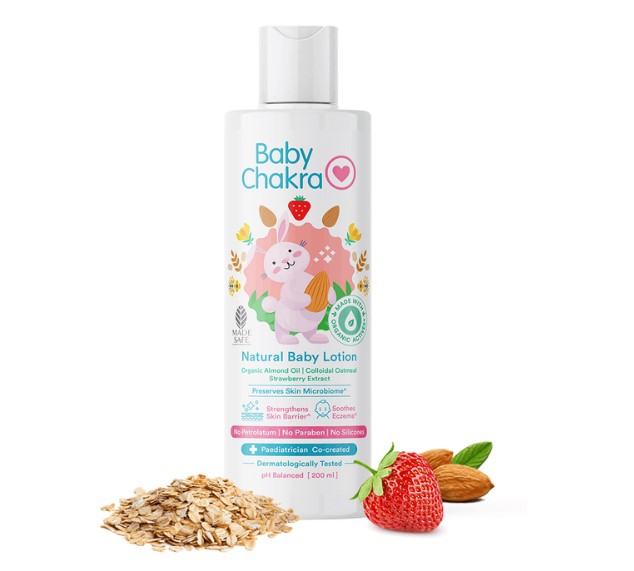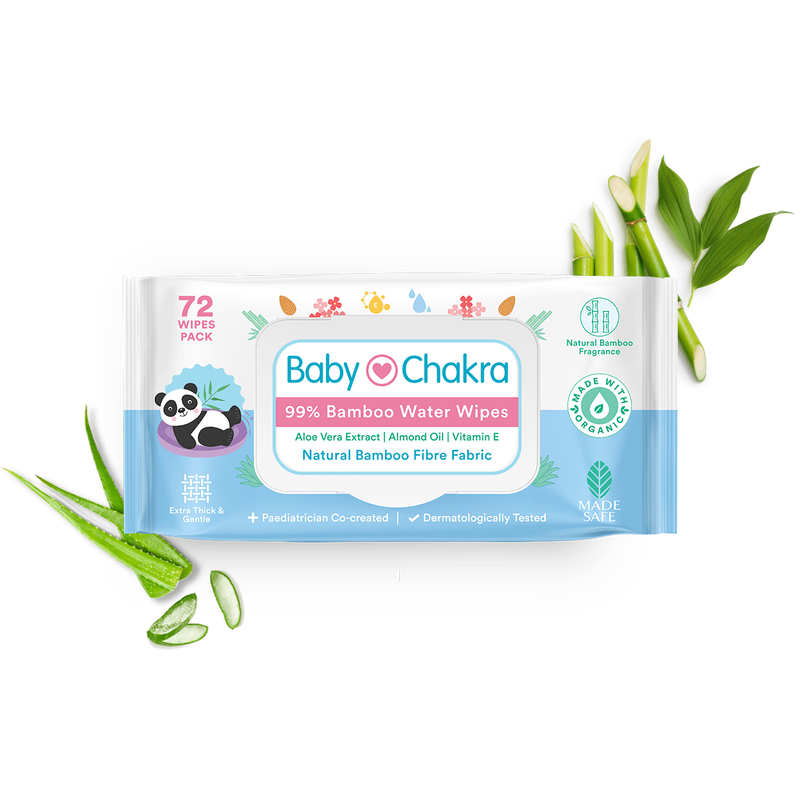
Sonam Kapoor Ahuja Reveals That She Isn’t Pushing Herself To Get Her Pre-Pregnancy Body Back
19 Apr 2023 | 5 min Read
Sudeshna Chakravarti
Author | 799 Articles
Sonam Kapoor Ahuja and her husband Anand Ahuja have been over the moon since they embraced parenthood last year. The couple welcomed their son Vayu in August 2022, and often share adorable glimpses of the little one on their official social media accounts.
After her maternity break, Sonam Kapoor is back to her work schedule, and she recently participated in an interview with Grazia India, where she discussed motherhood and postpartum fitness.
Read on as we give you more details from her exclusive interview, and how she is embracing her postpartum body, rather than pushing herself to get back her pre-pregnancy body.
Sonam Kapoor Ahuja On Her Postpartum Body And Fitness
During the interview, the new mum opened up about body standards during pregnancy and postpartum. She revealed that during pregnancy, you have to achieve a certain weight and be fine with it, but what most fail to understand is that your body remains the same for a long time postpartum, and it takes time to regain pre-pregnancy fitness.
Sonam also talked about how weight gain during pregnancy can lower self-confidence, especially when you try to fit into clothes 5-10 years ago. She added, “During my shoots, I send my measurements beforehand so that I don’t have to come back feeling disappointed about not being able to fit into tiny clothes.
The actor ended by saying, “I have embraced the fact that I am not who I used to be, and I am not even pushing myself to bounce back. I am still breastfeeding, and I wish to continue that for a year. My body needs food, energy, and rest, and I am focusing on that.”
Sonam also added that she is not on any diet and that she is only exercising to become healthy and regain her strength slowly and steadily.
Managing weight after pregnancy can be difficult for new mums, but the truth is that no matter your fitness levels pre-pregnancy, you have to be patient when it comes to your postpartum workout plans. This not only ensures your safety but also allows your body to heal and regain strength.
We have discussed a few tips that can help you ease into a postpartum fitness routine and enhance your overall health and well-being. Read on to know more.
5 Tips To Ease Into A Postpartum Workout
Start Your Workout Plan Slowly
First, you will need an OK from your doctor before starting an exercise plan after giving birth. This may take several weeks, or even longer if you’ve had a c-section surgery or labour complications.
But keep in mind that even after getting approval from your doctor, jumping right back into a stressful workout routine postpartum is not considered ideal. If you push too hard in the beginning, you may actually set yourself back from real recovery, and also increase the risk of postpartum health complications.
Hence, go slow, and start with mild activities, such as walking or stretching. Once you have comfortably done this for a week, build up from there, and add some moderate upper-body stretches to your routine.
Strengthen Your Pelvic Floor Muscles
If your pelvic floor is weak, intra-abdominal pressure from exercises like pilates and crunches can strain the muscles and inhibit healing. One way to strengthen your pelvic floor muscles is by incorporating a Kegel routine and repeating it at least 2-3 times a week to encourage healing and boost strength.
Be Watchful Of Diastasis Recti
It is common for new mums to experience diastasis recti, which is characterised by the separation of the abdominal muscles, specifically the six-pack muscles. Your healthcare provider will determine this condition during the postpartum exam.
If your condition is severe, you may have to work with a physical therapist to help draw your muscles back together. Otherwise, you can do some simple diastasis exercises at home for core strengthening and muscle building.
Try Different Postpartum Exercises
Instead of attending a scheduled class to return to general fitness, try different kinds of postpartum exercises. You can go walking, as it is an excellent cardiovascular exercise. You can also opt for swimming, as it is gentle on your joints and pelvic floor, and helps strengthen your core and back muscles.
Stay Hydrated
Once you ease into a postpartum workout plan, make sure to hydrate well, especially if you are breastfeeding. For instance, if you are out for a walk with your baby, put a bottle of water in the cup holder of the stroller as a reminder to hydrate often. This will help replenish fluids in your body, and also enhance your overall health and healing.
Conclusion
We appreciate Sonam Kapoor Ahuja for starting a positive conversation on postpartum health and fitness. A lot of new mums will relate to her, as most struggle to manage their weight and regain their pre-pregnancy bodies.
But as we discussed above, the key here is to be patient and follow your doctor’s advice before starting postpartum exercises. Besides that, follow the safety tips that we’ve mentioned to ease into a healthy workout routine after giving birth.
Check Out These Newborn Care Products:
Also Read:
Postpartum urinary incontinence: What is postpartum urinary incontinence and how to deal with it? Tap this post to know.
Postpartum pains: Wondering how to deal with postpartum body aches and pains? We have got you covered with all the answers in this post.
Tighten your belly skin: Learn effective ways to tighten your belly skin post-pregnancy. Tap this post to know more.
Cover Image Credit: Sonam Kapoor Ahuja / Instagram
A


Related Topics for you
Suggestions offered by doctors on BabyChakra are of advisory nature i.e., for educational and informational purposes only. Content posted on, created for, or compiled by BabyChakra is not intended or designed to replace your doctor's independent judgment about any symptom, condition, or the appropriateness or risks of a procedure or treatment for a given person.



